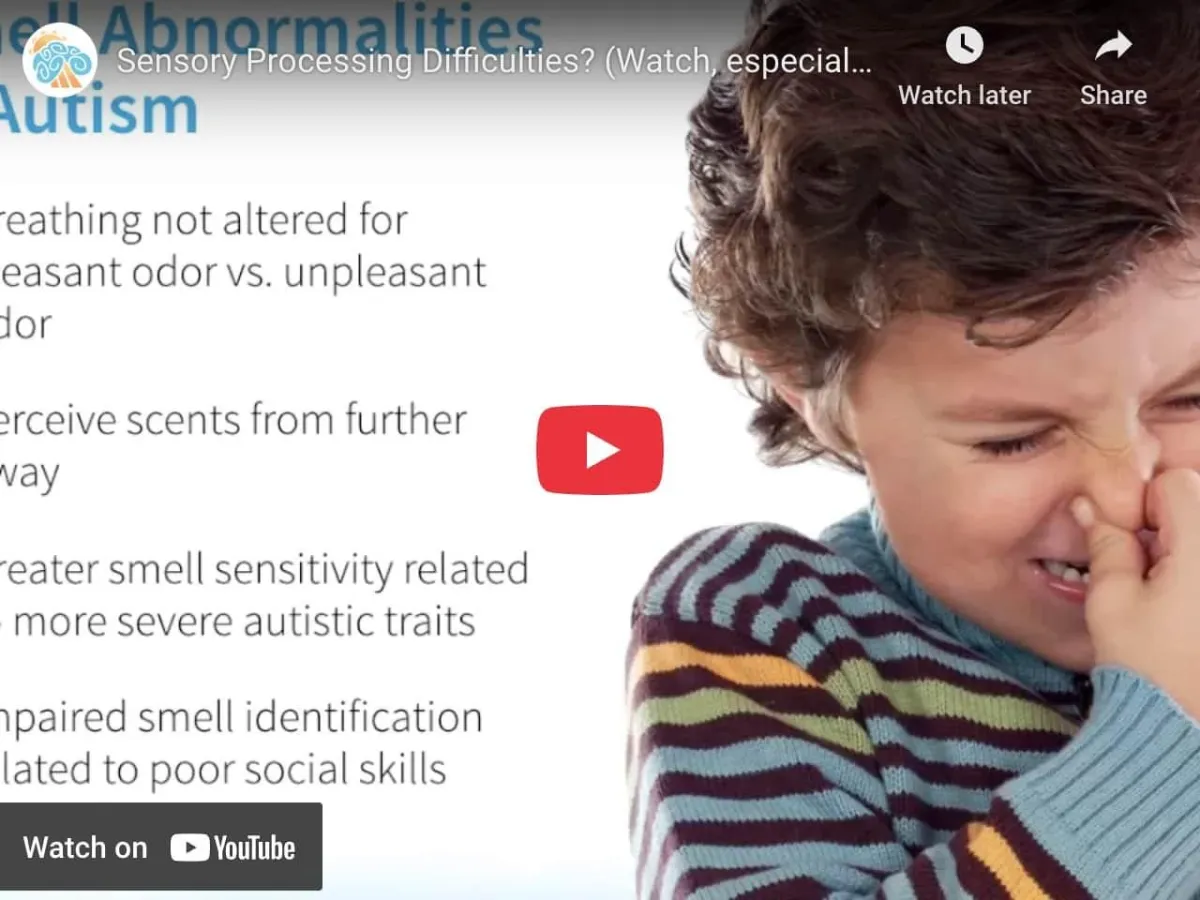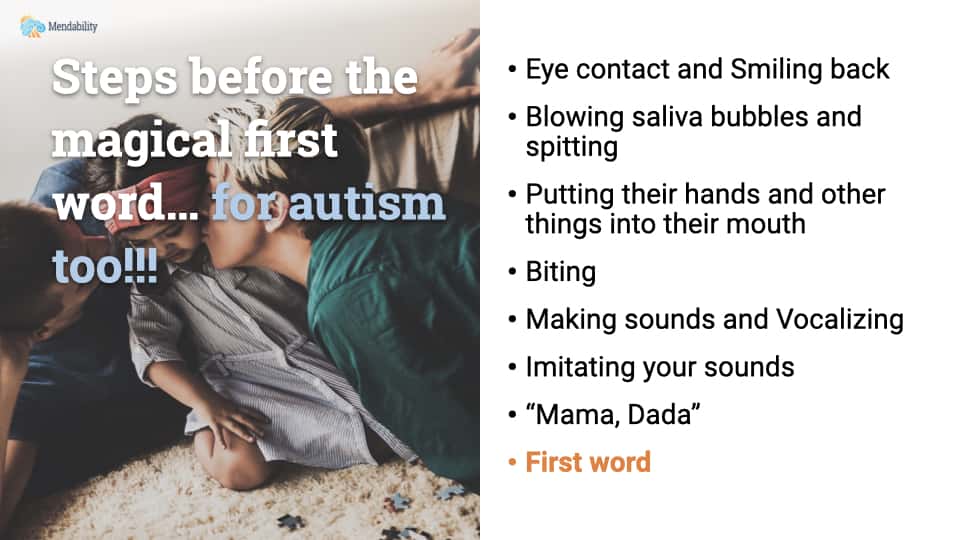
Picky eating and autism: imagine a mealtime without chicken fingers
Some people are familiar with the term fussy eating, for ones that aren’t it’s the same as picky eating. More often than not, autistic kids tend to not be open to trying new food and prefer to have chicken fingers for every meal, for example. There are a few sensory factors that play a part in this issue: texture, color, smell and temperature.
Food selectivity has not been operationally defined consistently and has been used to refer to picky eating, frequent food refusals, limited repertoires of foods, excessive intake of a few foods, food aversions and selective eating disorders. In most cases there are sensory sensitivities that play a part, including:
Texture
Smell
Colour
Temperature
There are also other issues that can impact the ability of a person with autism to eat a balanced diet, such as excessive attention to the branding and packaging of the food, or compulsions over how the food must be served. It appears that texture is the most common sensory input that causes autistic individuals to react very adversely to specific foods.
At the same time, we have seen that individuals with autism create their own preferences around foods which they feel are safe.
There’s also more preference around crunchy textures rather than slimy ones. However, we have seen children prefer one texture over the other. You might’ve seen them only like chips, or gummy bears.
In order to help individuals introduce more variety into their diet (both for nutritional value and you not always looking at a plate of chicken fingers and fries), we have developed some sensory exercises to enable them to be more comfortable trying new foods. Only a customized Mendability plan will fully help, but these general exercises are also effective.
With sensory enrichment we can gradually decrease the nervousness they feel when facing new dishes.
Texture
Exercise 1: Art match with texture
Gather some images of artwork, can be landscapes, portraits, etc.
Prepare some pieces of different textures like a piece of velvet, a piece of aluminum foil wrapped around a piece of cardboard, a piece of sandpaper, and a piece of corrugated cardboard.
Point to a specific thing on the picture and ask your child to feel each texture and pick the one closes to what you are pointing at.
Example: you have a picture of the beach and you are pointing at the sand in the picture and they decide which texture is close to the feeling of the sand
It’s important to note that it doesn’t matter if they get it right or not. This exercise aims to feel textures while looking at something and trying to make a connection between the two. When implemented at least once a day, you help expand the brain’s texture catalog with no food connection and helps prepare for more acceptance in food varieties.
The following exercises come from the full therapy program and may be helpful to you as well. For more information about doing Sensory Enrichment Therapy at home, visit our therapy page.
Exercise 2: Multi-texture Path
Create a path in your home with various textures such as a plastic doormat, a bathroom mat, a wool sweater, a ceramic tile, and anything else that provides some contrast.
Place the various components so that, as you walk along the path, each step lands on a different texture.
This exercise can help with food sensitivity because expanding a person’s tolerance for different textures is actually not an issue with the mouth. Resistance to the texture of food is related to how the brain processes the sensory information from food and this can be solved with experiences at any level of the body.
Next, we will be discussing the role of smell in the sensory processing of food. First, let’s discuss how we can identify if this is a factor in the individual’s picky eating. Do they comment about smells frequently, when entering a store, or stepping outside, or in public bathrooms, etc.? Do they try to cover their nose? Do they often smell their hands?
It is possible to reduce olfactory aversions by implementing Sensory Enrichment Therapy.
Smell
Exercise 3: Sensory Association – Scents and Textures
Prepare three small pieces of fruit, a vegetable, a spoonful of jam, or any other food with a distinctive aroma so that the individual can smell the items but not see them.
For example, you could wrap a piece of cucumber in a Kleenex and place it in a mug, then do the same with a piece of orange and a piece of strawberry. You will also need three different textures, e.g. a sponge, a hairbrush, and a piece of corrugated cardboard.
Pair up the cups and the textures on a table in front of your loved one. They should try to memorize which texture is associated with each scent.
Show them each smell and the texture that goes with it. Do not name the smells.
Mix up the pairings and see if the individual can put them back in their original order.
Again, it does not matter if they get it right. While focusing on memorization, they will smell and touch several times, and expand their acceptance of new olfactory and tactile information.
Exercise 4: look and smell
You can help your child build a more positive association with a new food if you introduce it at the same time as the food they like. You can introduce this exercise as a game before mealtime.
Prepare food that your child likes and that you expect them to eat, as well as food that they don’t like.
When the individual is sitting at the table at the beginning of your meal, ask them to close their eyes, bring the plate with the food they like, and ask them to smell the food and guess what it is.
Present the second dish with the non-preferred food. Again, make it a guessing game and ask the individual to close their eyes.
After guessing, place both dishes on the table so that your child can see and smell the non-preferred food while they are eating their chosen food.
You are not trying to persuade your child to try the new food. Instead, you are calmly showing them that you understand that they don’t like that particular food. You let your child eat their preferred food and tell them that they don’t have to try the other food. If they are not resistant, then you may ask them to smell the non-preferred food again halfway through your meal.
Color
If your autistic child resists a particular food because of its color, then the Art Match with Textures exercise can also help in this situation (see above for instructions for this exercise).
This exercise involves looking at art and finding textures that match something in the picture. Looking at paintings with all their complexities of nuance and color requires the highest level of visual processing. When you do this exercise, the brain is analyzing and storing colors. Your child will be more able to welcome the colors on his plate after he has expanded his visual experience.
Temperature
How children perceive temperature is different from adults. To them, the temperature of the food is more a cultural dimension of meals than a preference element. Children can have had one strong bad experience to refuse warm food.
For example, when warm food comes to the table it is often accompanied by parental behaviors which do not encourage enthusiasm about the hot thing on the table: ‘Careful, it’s hot! Don’t touch! Wait! Don’t touch I told you! Eat now or it’s going to be cold!’ This could result in making a bad connection in their mind with warm plates and consider it as a negative thing.
If your child with autism has resistance to warm food, consider letting them eat the food they want cold or when it’s not too hot which can be considered alarming.



